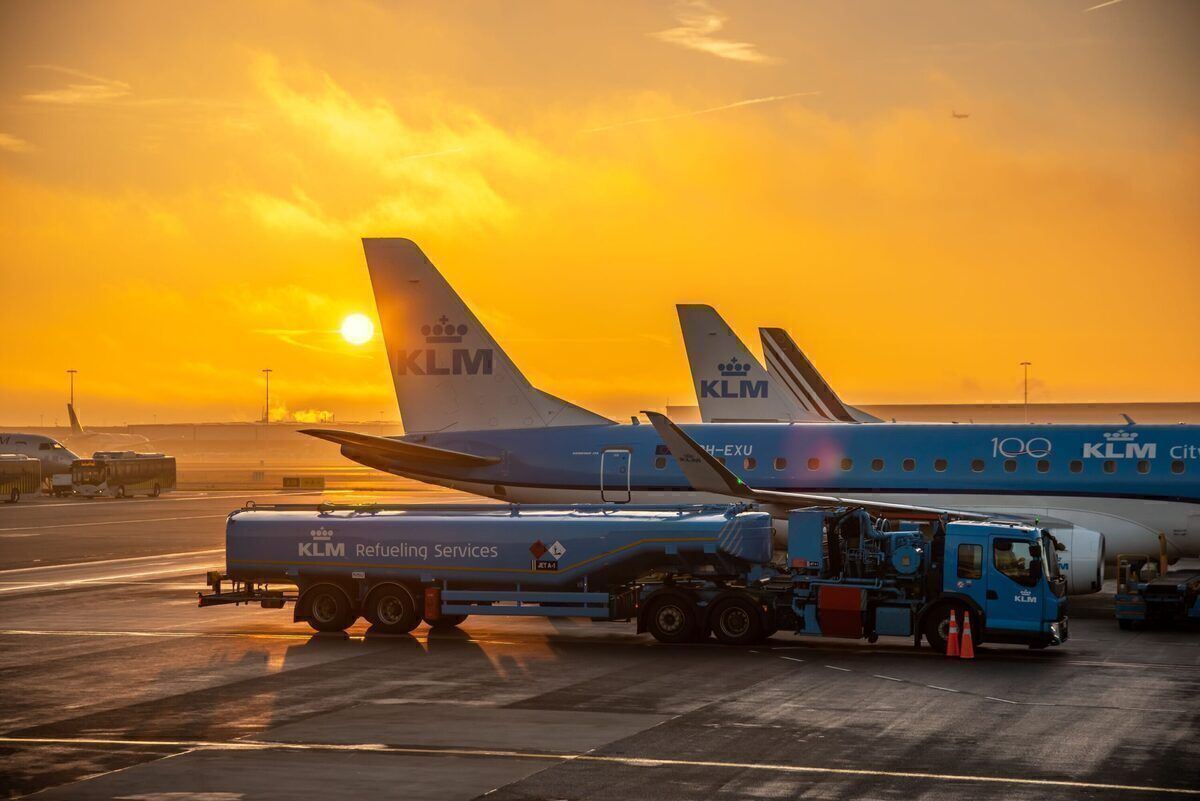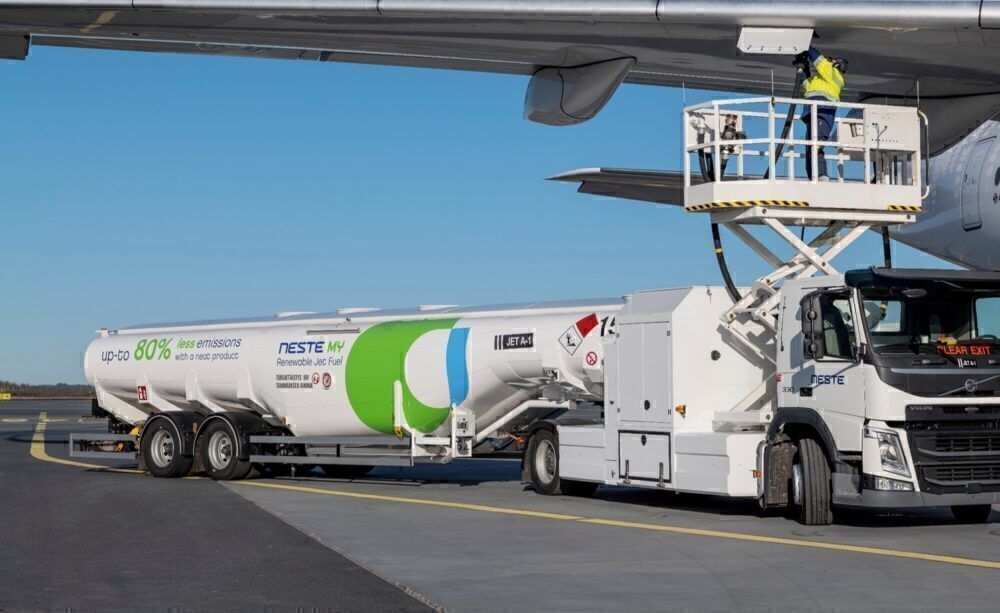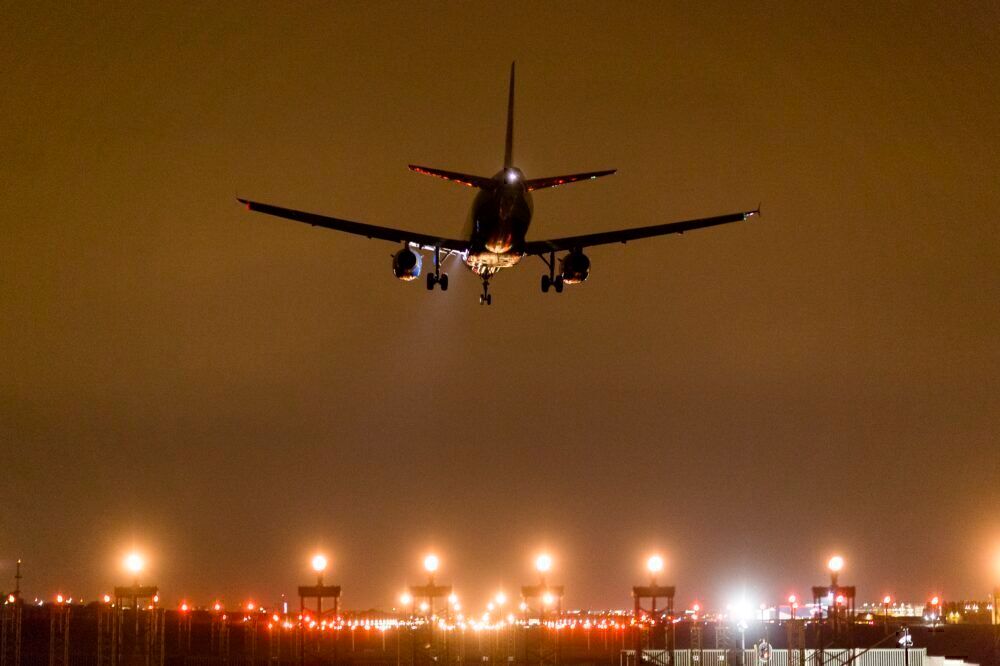In a CAPA Live interview on Wednesday, leading Sustainable Aviation Fuel (SAF) producer Neste's Executive Vice President Thorsten Lange said that it is imperative to level out the playing field for airlines using SAF. As production costs are expected to remain much the same for the foreseeable future, until passengers begin choosing carriers solely based on sustainability, airlines incorporating it will be at a competitive disadvantage against those who do not.
Costs will remain high for the foreseeable future
Many airlines are now using Sustainable Aviation Fuel in earnest, as opposed to the occasional publicity gimmick. However, one of the issues facing a broader rollout of SAFs, or biofuels, is that of supply.
Neste, one of the leaders in the industry, currently produces about 100,000 tonnes annually. Through investment into its Singapore facilities, it is looking to scale up to one million tonnes by 2023. Meanwhile, given that global consumption of jet fuel pre-COVID was around 330 million tonnes per annum, that is still just a drop in the fossil fuel ocean.
While Mr Lange is optimistic about the combined potential of SAF - he says that with the four technologies currently approved, it could, in theory, cover all jet fuel demands by 2030 - he does not believe the production costs will lower significantly.
This means that without regulation or increasingly conscious corporate customers and passengers, airlines that want to use SAFs to any greater extent will end up spending more on fuel than their less eco-aware competitors.
Stay informed: Sign up for our daily and weekly aviation news digests!
Collecting cooking oil is a cumbersome business
While SAFs can go straight into existing infrastructure (as opposed to, say, hydrogen), the collection of raw materials is a cumbersome, complicated, and costly process. All the waste and residue that goes into creating biofuel has to come from somewhere. For the hydroprocessed esters and fatty acids (HEFA) technology that, for instance, Neste uses, this involves the gathering of used cooking oil.
"In the Netherlands, we have a cooperation with one of the used cooking oil collectors called HAVI. And they're running from McDonald's to McDonald's, to select the used cooking oil from the French fries that we in our refinery in Rotterdam then turn into fuel. And just think about doing that every month, around the globe, and across the planet. It is costly, not only to collect it but also to treat," Mr Lange said in Wednesday's interview.
Not prohibitively expensive when shared among passengers
The price for SAFs is generally between three and five times higher than that of conventional jet fuel. For passengers, the cost per ticket would not vary all that greatly when shared.
On an intra-European flight, the cost for 10% SAFs in the tanks is about $5 to $10 per ticket. For a long-haul service, it adds about $40. But they still have to be willing to pay for it and make airlines aware that they are.
Otherwise, without regulatory mandates, demand will remain low. The investment needed to sufficiently scale the production of SAFs will not materialize, and the supply will not be enough to make a dent in aviation's greenhouse gas emissions.
How much more would you be willing to pay for a ticket if you knew that you are contributing to lower emissions? Do you think government mandates and incentives are the way to go to level out the playing field? Tell us what you think in the comments.



